




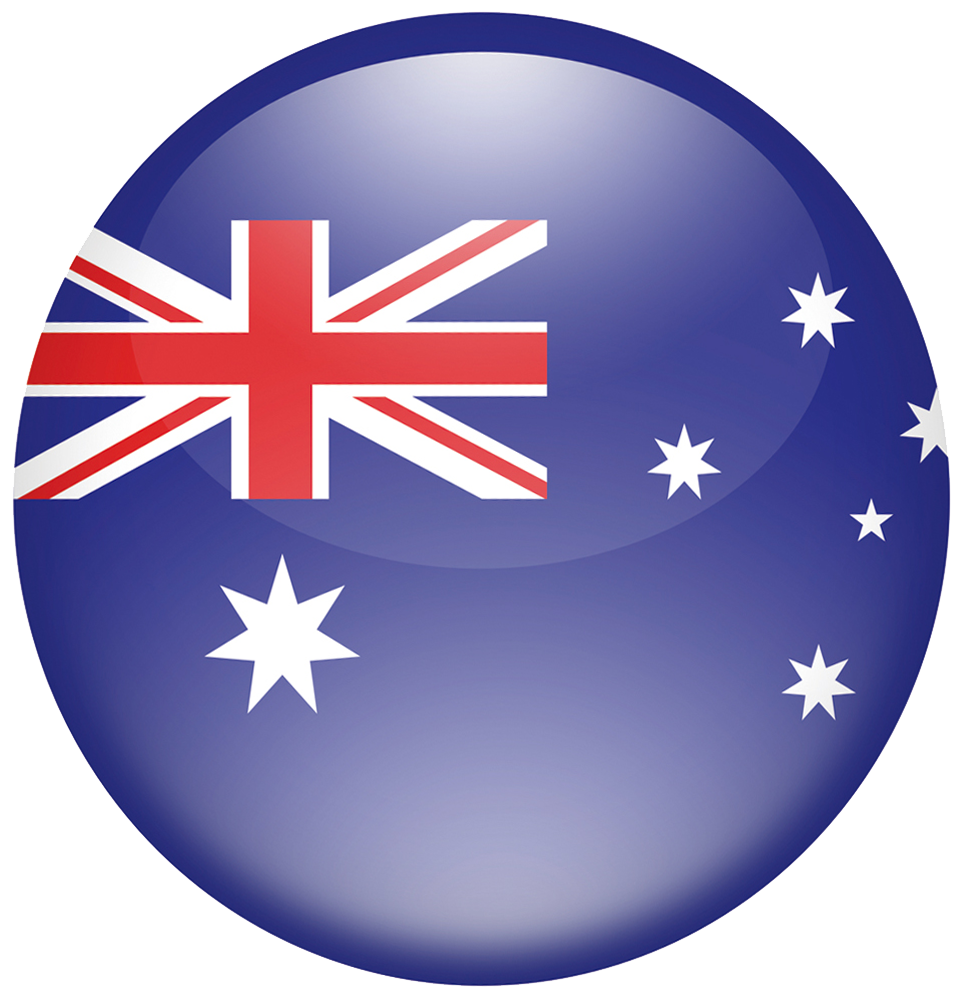
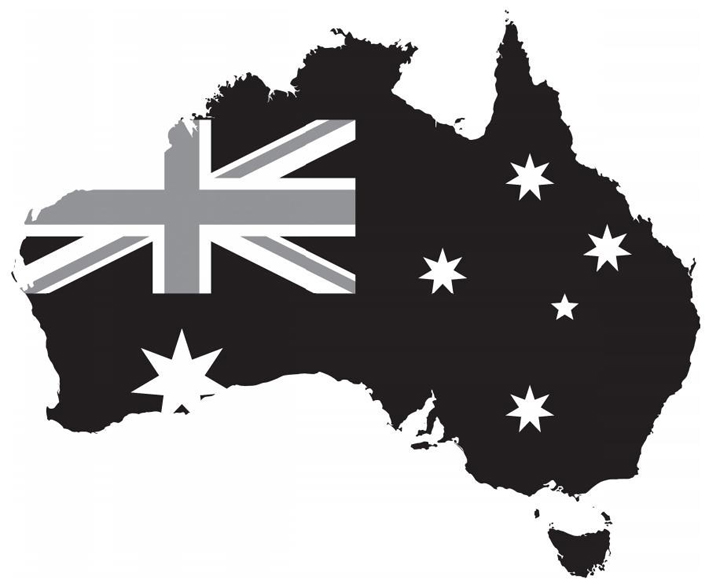
“ N í n h ă o! ” Or as we say in here in Australia —“ G'Day ” Welcome to this unique guide to the “ Land Down Under ” for Chinese learners of English.
In these pages, you will learn not only the history, culture and language of Australia, but also intriguing details about the people and places there of this ancient land. You will be so carried away by reading about this fascinating country that you will almost forget you are practising your language skills.
Just in case you need some help … each chapter has vocabulary highlighted in bold and a list at the end of the chapter with their meanings. Turn there now if you like, to look up the meaning of the words that are bolded in this introduction.
Practice activities, comprehension exercises and answers are at the end of each chapter. These activities are designed to reinforce the practical information, help you practice your English language skills and enhance your cultural understanding. That way you can show your teachers and parents that you really are doing your homework!
So … let's find out what you already know about Australia. Read the information below and say whether the statements are true or false. You will find the answers as you read
1. Australia is the largest island in the world. T/F
2. It never snows in Australia. T/F
3. The island of Tasmania is part of Australia. T/F
4. Australians call the toilet the “ loo ” . T/F
5. The Harbour Bridge is in Melbourne. T/F
6. Wild Australian dogs are called desert foxes. T/F
7. Christmas in Australia is in summer. T/F
Welcome to the Land Down Under
G'Day mate. How ya goin?
All over Australia, people will greet you this way. Those who don't know you may of er their right hand to shake. Australians who do know you will likely kiss you on either cheek when they meet up with you. Australians are friendly and casual and they love to have fun. Even when they have not met you before, they might talk to you exactly the same way they would talk to one of their friends. “ Aussies ” are not often formal and they call most males “ mate ” and most females “ Sheila ” .
Although English is the main language in Australia, there are over 200 other languages spoken there including Cantonese and Mandarin.
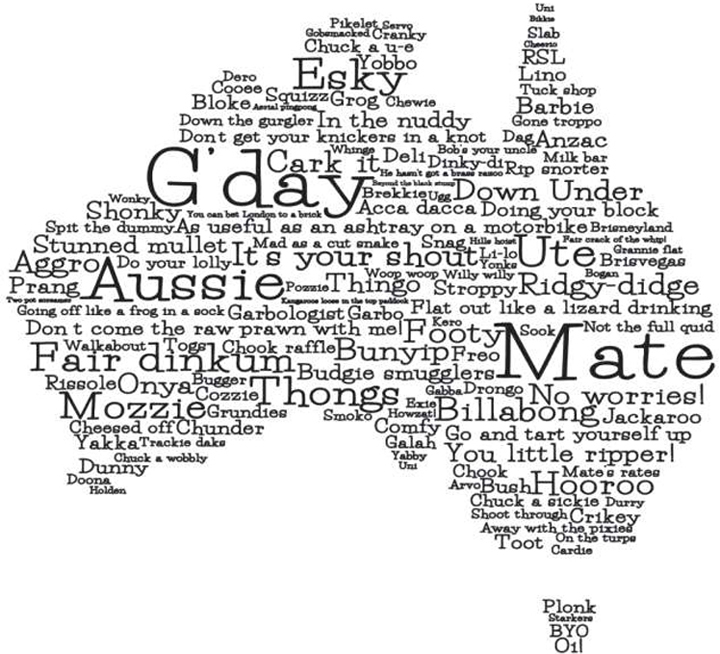
Both young and old Australians use many slang words in their everyday speech. They call Australia “ Oz ” and they say that they live “ down under. ” They use the word “ loo ” instead of toilet. When they want to know if you would like help they will ask: “ You right? ” If they expect to see you later in the afternoon they'll say: “ See ya this arvo. ”
When an Aussie is talking to you, it can seem like they are speaking a language other than English. When they thank you they might say “ Cheers. ” When they agree with something you have said they may say: “ Fair Dinkum ” or “ Ya Reckon? ”
As if that weren't enough, Australians are well-known for shortening words and ending them with an “ o ” or an “ ie ” like aggro to mean aggravated ; smoko a coffee or cigarette break; stubbie a bottle of beer and sunnies which are sunglasses.
No worries (there's no problem). Grab yourself a cuppa (cup of tea) and a bikkie (a biscuit), settle in under the doona (blanket) and read on. With a bit of hard yakka (hard work) you'll soon know heaps (a lot) about Australia and be able to talk like a ripper (great) Australian!
Geography of Australia
DID YOU KNOW? Australia is underpopulated. There is one square kilometre of land for every three people who call Australia home.
Australia is the world's oldest landmass. It is known as the island continent . It is the largest island and the sixth largest country in the world. (China is the fourth largest country). It has a very small population for its size – just 24 million people live there. Because of that, Australia is almost the least densely populated country in the world. China has 146 people per square kilometre of land while Australia has just three. However, most Australians live within 100 km of the coast making it one of the world's most urbanized populations. In fact, almost all Australians live in the eastern and southern areas of the country.
Unlike China, Australia has multiple time zones. In the winter, when it is 8:00 am in Perth, in Western Australia, it is 11:00 am on the east side of the country, in Sydney. It is easy to see that Tasmania, the large island in the south, is part of Australia, but there are also more than 8,000 islands in the surrounding oceans which make up the country. Lord Howe Island even has its own time zone which is 30 minutes ahead of mainland Australia. Some states put their clocks forward one hour in October each year and back again in April to get more daylight during times that people are awake.
And that's not all. Because Australia is in the southern hemisphere , the seasons are the opposite of those in China. Australians celebrate the New Year in the summer and the hottest month is January. Is your favourite season spring when the Magnolia trees are in bloom? Don't head to Australia in May to see them. They'll all be dying of at the end of autumn there. Go in October instead. People who live in the northern hemisphere often say Australia is the upside down country because the seasons are reversed . The Australian seasons are:
Summer: December to February
Autumn: March to May
Winter: June to August
Spring: September to November
Like all countries, Australia gets most of its rain in spring. When you think of dry countries with deserts, Australia is not likely to be the first one that comes to mind. Probably you've seen lots of photos of Australians surfing, sailing and swimming. However, Australia has ten deserts in total some of which get less than 10 cm of rain each year. This means that 90% of the land is uninhabitable . The deserts are mostly located in the centre of the country which ac counts for the number of people who live near the coast.One-third of the entire country receives little or no rain every year,making it the driest continent in the world next to Antarctica.

Some people think that because Australia is so dry it never snows there. That is true in the tropical parts of the country where they have a wet and dry season and temperatures average about 20 degrees. It is also true in the deserts which can be as hot as 40 degrees during the day. However, Australia has some mountainous areas where snow falls in winter.

The Australian Alps, in the southeastern part of the country, is the highest mountain range in Australia.More snow falls here every year than in Switzerland and there are many downhill ski resorts. The Snowy Mountains is a popular place to downhill ski. Many people also like to head to the national parks or to Tasmania to cross country ski.
Although Australia is a dry country, it is surrounded by the Indian and Pacific oceans. All of Australia's capital cities, except Canberra, are located on the coast. The country is known for many remarkable buildings and natural places, like the Sydney Opera House and the Great Barrier Reef, but probably it is best known for its unique animals.
Australian Animals
DID YOU KNOW? Because Australia is an island, almost all of the native animals that live there are not found anywhere else in the world.
Australian kangaroos have powerful legs which they sometimes use in a fight. They can hop very fast on two legs and use their strength to jump up to three times their height. Baby kangaroos are called joeys and they can be as small as a grain of rice when they are born. They live in their mother's pouch which is like a pocket on the front of her body. They stay living and travelling in their mother's pouch until they are two or more years old.
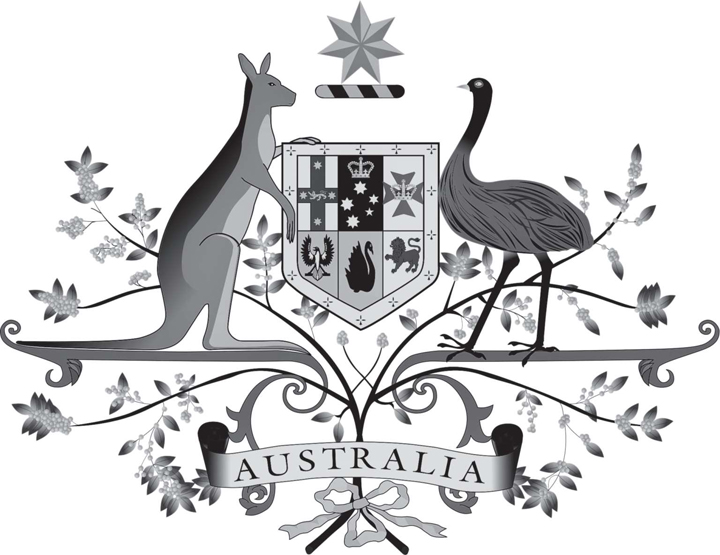
Kangaroos can't walk backwards which is why they are a symbol on the Australian coat of arms. Emus are the other Australian animal on the coat of arms because they can't walk backwards either. They are good symbols for a country that wants to progress .
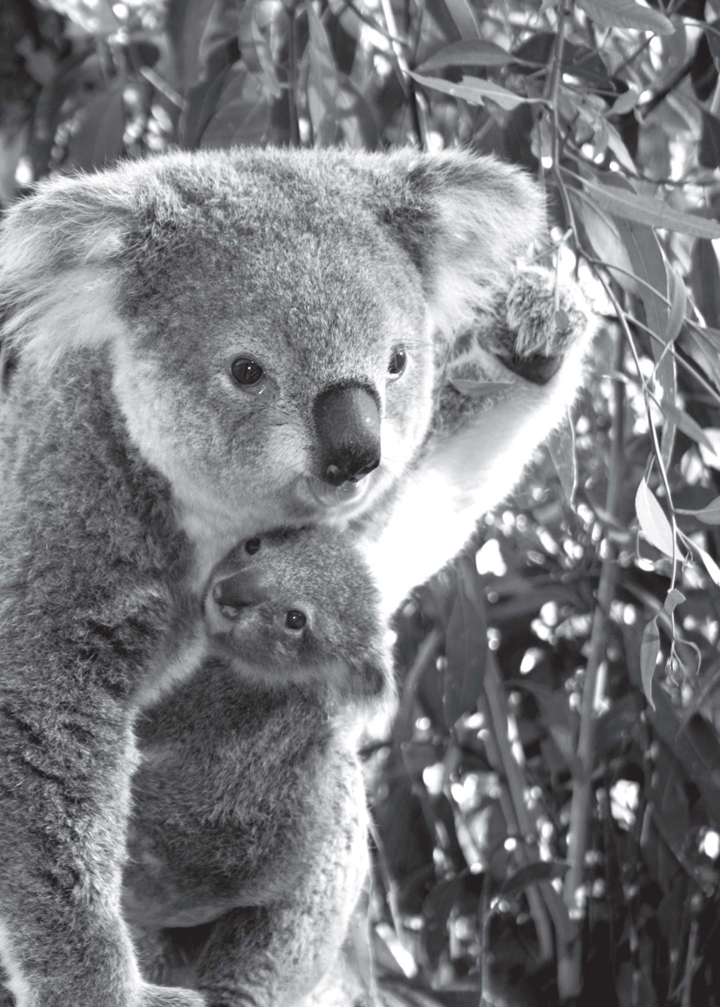
When the first Europeans saw koalas they thought they were bears. Today, some people still call them koala bears. Like kangaroos, koalas have pouches where their babies stay until they are old enough to live in trees. Although koalas eat only the leaves of eucalyptus trees, those leaves are actually poisonous . Koalas have a bacteria in their stomachs that help them digest the poison without causing them any danger. The leaves do not give koalas much energy so they are often tired. Koalas sleep up to 20 hours every day.
While koalas sleep most of their lives, the Great White Shark found in the oceans of Australia never sleeps. Sharks need to move constantly to keep water flowing over their gills, so they don't su ff ocate . They like to swim near the bottom of the ocean. When they see something they want to eat, they quickly swim up and attack their prey from the bottom. Sharks have an excellent sense of smell. They can detect a single drop of blood in an Olympic sized pool of water. They use this ability to locate food to eat.
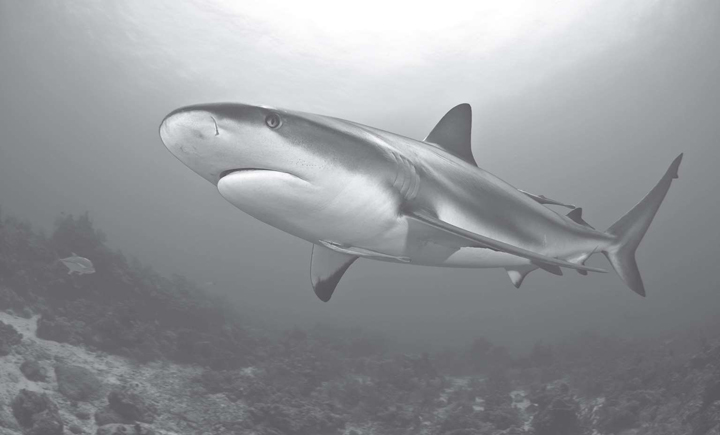
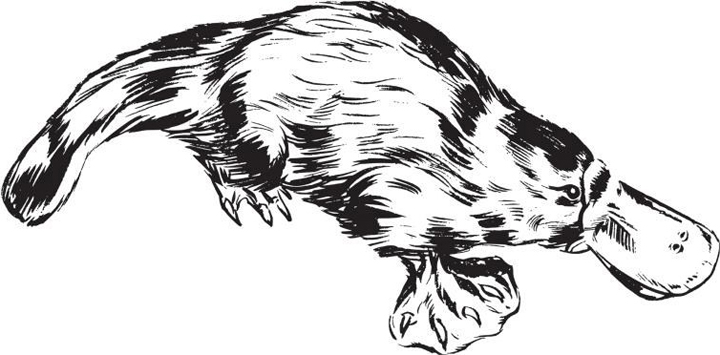
Everyone is aware that sharks are dangerous, but not many people know that the cute platypus can also kill. The males have venom that is powerful enough to kill a small animal like a dog, but not a human. The platypus looks like a mixture of several animals. It has webbed feet to help it swim; a flat tail where it stores fat and a mouth covered with a bill. The first time a British scientist saw a platypus he thought it was a joke. He thought someone had sewn a duck's bill onto a rat.

Dingoes are the wild dogs found in Australia. They are clever and they can open door handles with their paws. Most people think dingoes are native to Australia, but they were actually brought to the country from Asia, probably by traders who kept them as pets. Once they were set free in Australia, they became wild and their numbers grew. Dingoes began to kill farm animals to eat, especially sheep, so in 1885, a dingo fence was built to keep them out of the southeastern part of the country. It is the longest fence in the world, stretching 5,614 kilometres from Jimbour on the east coast to Nundoo on the south.
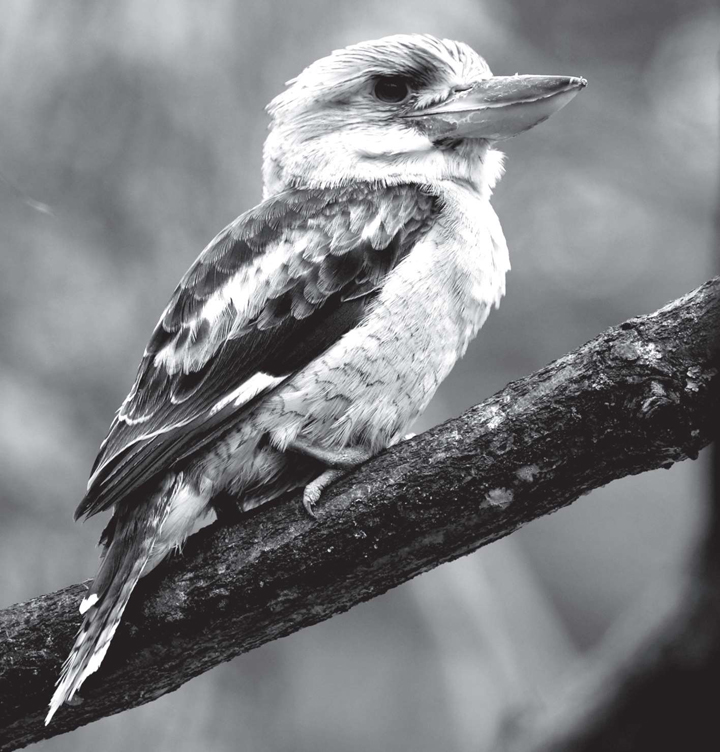
There are nearly 900 different types of birds in Australia. Many people's favourite is the Kookaburra because of its bird call. Anyone who has heard it will not forget it because it sounds just like human laughter. Kookaburras call to other birds to defend their territory , find a mate or warn other birds about a predator in the area. They are social birds and will even take food out of your hand. Watch out, though. They have been known to swoop down and grab the meat right of of the barbeque (BBQ)
Australian Icons
DID YOU KNOW? When something becomes so popular that people all over the world know it by sight, it becomes an icon.
More than only animals and language, Australia has many unique icons that are recognized all over the world. When people see these icons they associate them with Australia. The Sydney Opera House is one of these. It is one of the most distinctive buildings in the world.
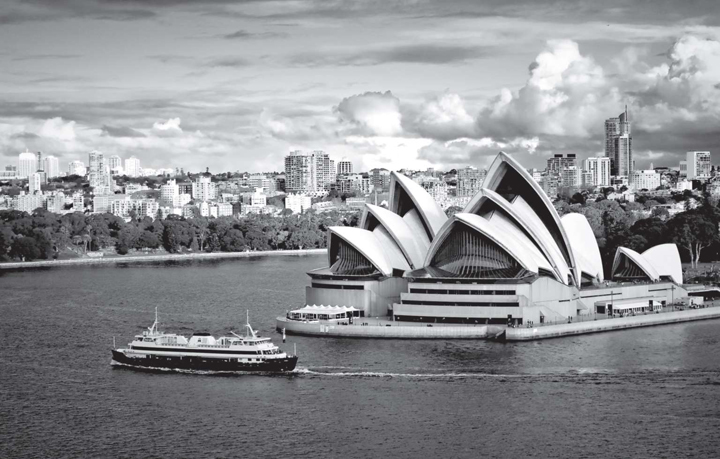
The roof of the Sydney Opera House is covered in more than one million white tiles. They are designed to look like the sails of a ship. The site of the Opera House is so large that eight Boeing 747 airplanes could fit there. Inside are six venues where visitors can listen to music or watch a play or a dance performance . There is even an outdoor stage which is possibly the Opera House's most spectacular performance space with its views of the harbour and city.
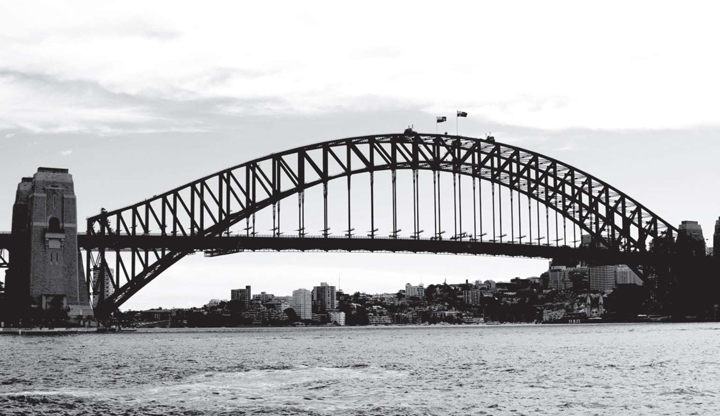
Sydney is also known for Harbour Bridge. It is the largest steel arch bridge in the world, but not the longest. The bridge is 1,149 metres long and has 6 million rivets holding it together. Before opening the bridge in 1932, its strength was tested by placing 96 steam engines on it. The bridge is painted every five years or more to stop it from rusting , and 272,000 litres of paint is needed to complete the entire bridge. Australians have nicknamed the bridge “ the coat hanger ” because of its shape.

It was once called Ayers Rock, but Uluru is its Aboriginal and officia name. The rock is 600 million years old and sits almost in the very centre of Australia. Uluru is 348 metres high and although it was once very popular to climb up it, the Aboriginal people of Australia believe Uluru to be sacred and have asked people to stop climbing on it out of respect for their beliefs.
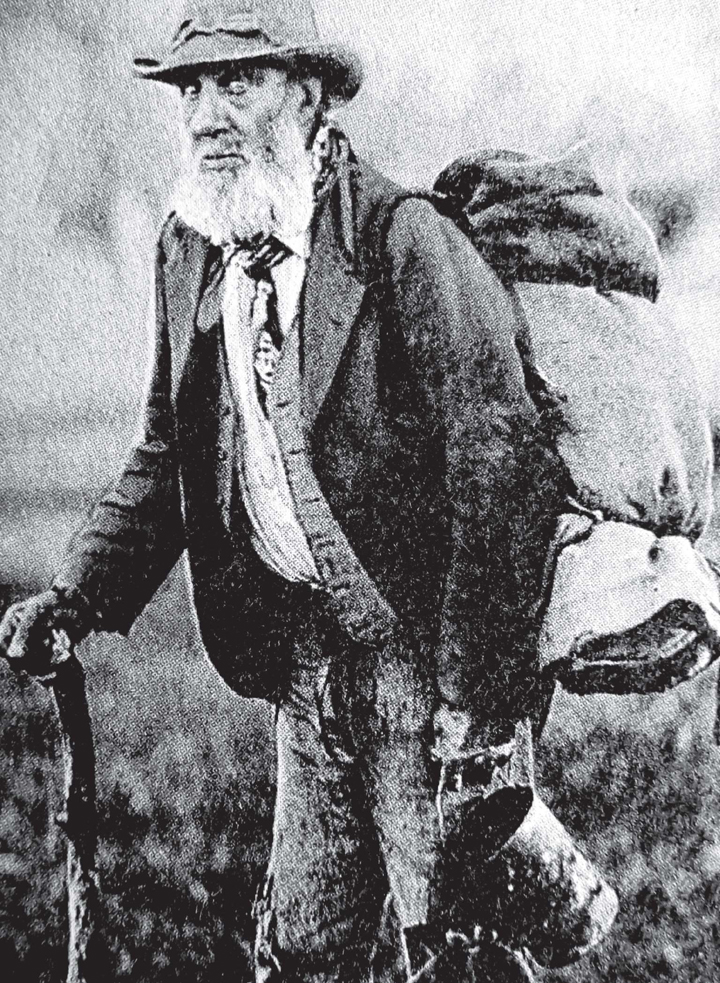
Many Australians identify with the swagman and his image is another icon. He wears a hat that is often seen on men in the bush. He carries a billy can to boil water for his tea and he slings his bed rolled up into a swag on his back. Swagmen once walked from farm to farm looking for work and sleeping outside. The most recognized Australian song, Waltzing Matilda, is about a swagman. “ Once a jolly swagman, camped by a billabong, under the shade of a coolabah tree. He sang as he watched and waited 'til his billy boiled... ”